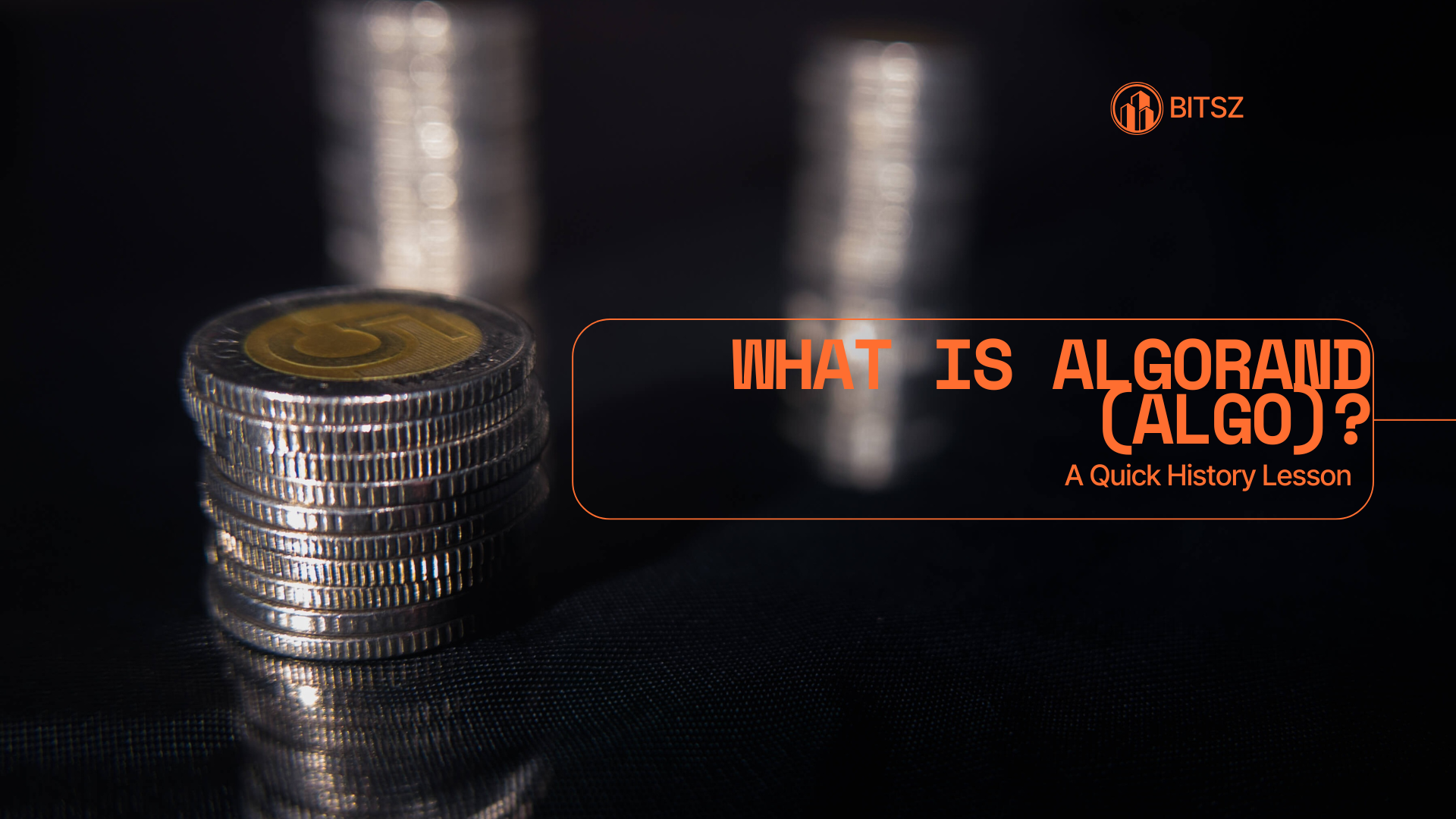
Algorand is a Layer-1 blockchain designed to be fast, energy-efficient and secure while keeping a simple developer experience. Its native token, ALGO, powers fees, participation and some governance. But Algorand is more than a token — it’s a particular design philosophy (pure proof-of-stake), a set of developer tools (Algorand Smart Contracts and AVM), and an asset framework (Algorand Standard Assets) intended to make real-world use cases practical. Below is a compact history and primer so you can understand why Algorand matters and how it works.
A short origin story
Algorand was founded in 2017 by Turing Award laureate and cryptographer Silvio Micali with the goal of fixing what he and other researchers saw as the scalability and decentralization tradeoffs of early blockchains. After several years of research and design, Algorand launched its mainnet in June 2019 and introduced the ALGO token as the native economic unit. From day one, the team emphasized instant finality, low fees and environmental efficiency — features aimed at institutional and consumer use cases.
What makes Algorand different: pure proof-of-stake
Algorand’s consensus — branded Pure Proof-of-Stake (PPoS) — is the protocol’s standout innovation. Instead of energy-heavy mining or permissioned validator sets, PPoS selects block proposers and voting committees randomly and unpredictably from the pool of ALGO holders. That randomness reduces the attack surface, keeps participation open to anyone with stake, and enables the network to reach instant finality (no long confirmation waits or complex fork resolution). The result: high throughput, low latency and minimal energy use compared with proof-of-work chains.
Key milestones in Algorand history
- 2017: Project founded by Silvio Micali and initial research and development begins.
- June 2019: Algorand mainnet launches — the network begins producing blocks and supporting ALGO transfers.
- Ongoing: Iterative upgrades — Algorand has gradually added smart contract capabilities, AVM improvements, and tooling for token issuance and developer onboarding. The platform has pursued enterprise partnerships and efforts to make programmable assets practical.
Algorand’s core features
- Instant finality and speed. Transactions confirm quickly and are final — no probabilistic confirmations like in many PoW chains. That’s valuable for payments and exchanges that can’t tolerate long reversals.
- Low fees and energy efficiency. PPoS avoids energy-intensive mining, keeping fees predictable and environmental costs low — a point Algorand highlights to attract institutional partners.
- Algorand Standard Assets (ASA). ASA is the native token standard on Algorand for issuing stablecoins, NFTs, loyalty points and other tokenized items. ASAs are simple to create and can include compliance features like freeze, clawback or restricted transfers for regulated assets. This makes asset tokenization a first-class use case on Algorand.
- Smart contracts & AVM. Algorand Smart Contracts (ASC1) run at layer-1 and are written in TEAL or higher-level languages that compile to TEAL. The Algorand Virtual Machine (AVM) executes these contracts efficiently, enabling decentralized apps, atomic transfers, and stateful logic without sacrificing performance.
Real-world traction and partnerships
Algorand has pursued partnerships to show real-world utility. One high-profile example was a sponsorship and technical relationship with FIFA for digital collectibles and fan engagement initiatives around the World Cup era — an early demonstration of how a blockchain could be used for large-scale consumer experiences. (Note: partnerships change over time; check current press for the latest status.) Such collaborations helped put Algorand on the map with enterprises thinking about tokenized experiences and payments.
Governance and foundations
The Algorand ecosystem is supported by a mix of entities: Algorand, Inc. (development teams), the Algorand Foundation (ecosystem support and grants), and a wider community of node runners and builders. The Foundation runs governance programs and has historically funded participation rewards, grants and developer outreach — all aimed at nurturing an open, decentralized ecosystem.
How developers and users interact with Algorand
- Developers can build dApps using the SDKs (JavaScript, Python, Go, etc.), issue ASAs, and write smart contracts with TEAL or higher-level toolchains. The developer portal and docs are designed to be pragmatic: fast-to-deploy primitives and clear examples.
- Users interact via wallets (like MyAlgo and others), exchanges that list ALGO, and apps that use ASAs for payments, NFTs or in-game items. Staking and governance mechanisms let holders participate in network decisions and rewards depending on current programs.
Common criticisms and challenges
No platform is perfect. Algorand faces several recurring challenges:
- Ecosystem competition — Ethereum, Solana and other Layer-1s have large developer communities; Algorand must keep improving tooling and incentives to attract builders.
- Perception vs reality — some critics argue that PPoS centralizes influence among large ALGO holders, so governance design and transparency remain important.
- Partnership churn — enterprise pilots can shift chains if product needs change, so long-term adoption requires robust developer and community buy-in. These are solvable but important to watch.
Quick starter checklist
- Read the Algorand docs (developer portal) to understand ASAs and smart contracts.
- Install a reputable Algorand wallet (MyAlgo, etc.) and get a small amount of ALGO via an exchange to pay fees.
- Try creating an ASA on TestNet or experiment with a simple TEAL contract to learn atomic transfers and stateful logic.
Conclusion
Algorand’s story is the tale of an academically driven design (Silvio Micali’s research) brought into a market context: a fast, low-cost blockchain that prioritizes instant finality and practical asset tools. Whether you’re a developer attracted to ASAs and low fees, an institution exploring tokenization, or a curious crypto user, Algorand offers a distinctive mix of performance and formal design. Keep an eye on ecosystem updates and developer adoption — those will determine how big a role Algorand plays in the next wave of blockchain applications.